The Middle East is the cradle of civilization, where the first cities emerged from the fertile soils of ancient river valleys. These incredible urban centers have shaped human history, leaving magnificent ruins and countless stories that continue to captivate our imagination.
From the towering ziggurats of Mesopotamia to the carved facades of Petra, each city tells a unique tale of human ingenuity, cultural achievement, and architectural brilliance.
Petra, Jordan
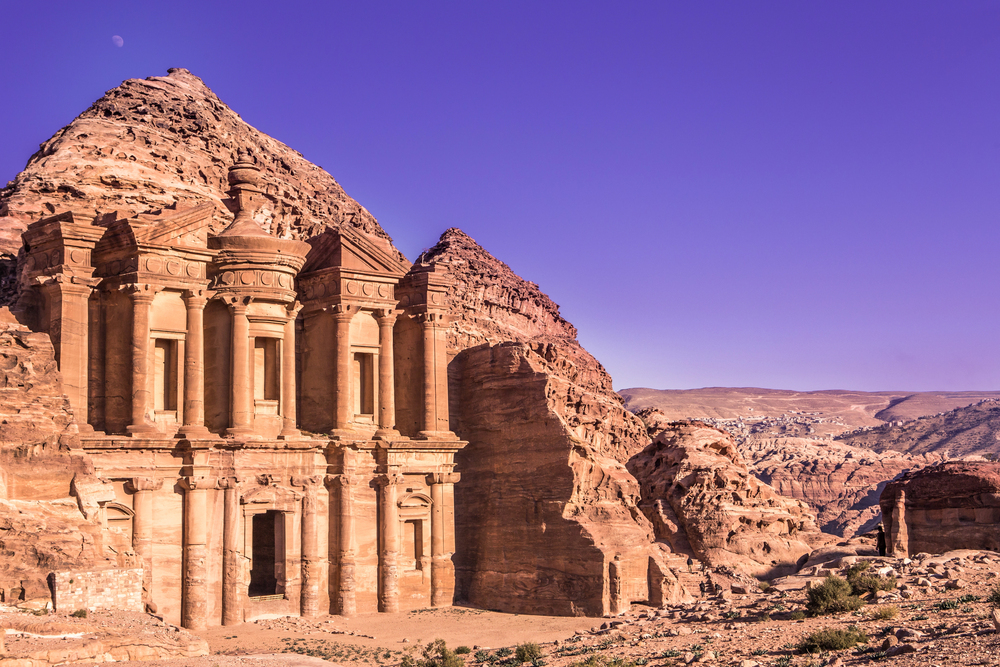
The rose-colored cliffs carve out the face of Petra, a testament to the architectural genius of the Nabataean civilization. This fabled city was an essential trade center from 400 BC to AD 106, sporting advanced water conduit systems and awe-inspiring rock-cut architecture.
At 130 feet high, the Treasury is an iconic monument that remains one of the most beautiful monuments of the ancient world.
Babylon, Iraq
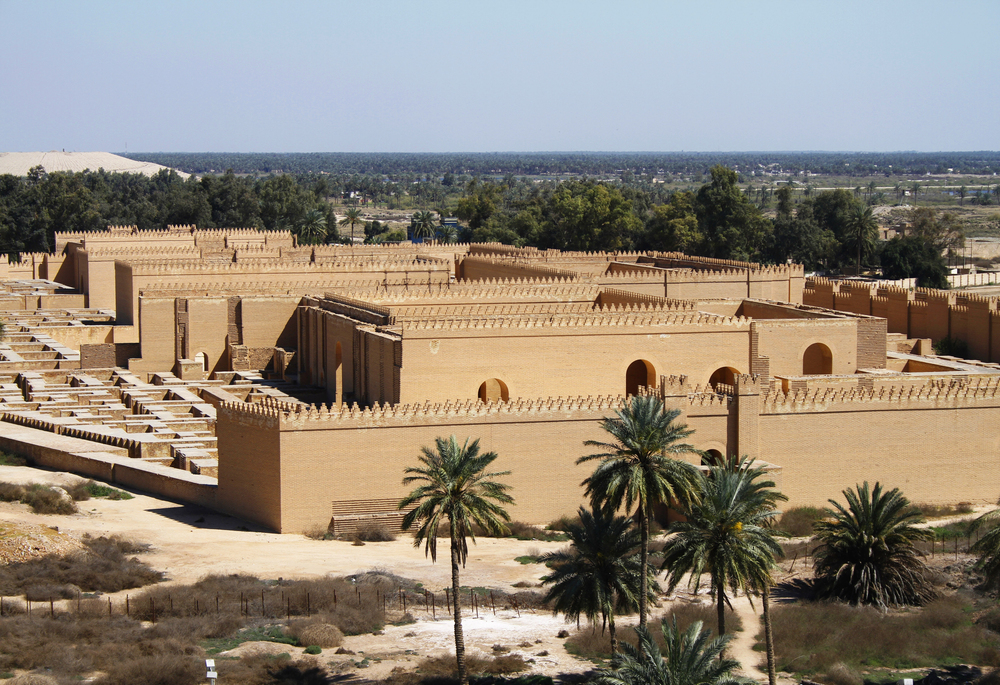
It was once the largest city in the world, dominating the banks of the Euphrates River with its hanging gardens and massive walls. Under King Nebuchadnezzar II, the city peaked around 600 BC and was over 2,500 acres large.
Its Ishtar Gate and processional way displayed the stunning artistic achievements of ancient Mesopotamia.
Like Travel Pug’s content? Follow us on MSN.
Palmyra, Syria
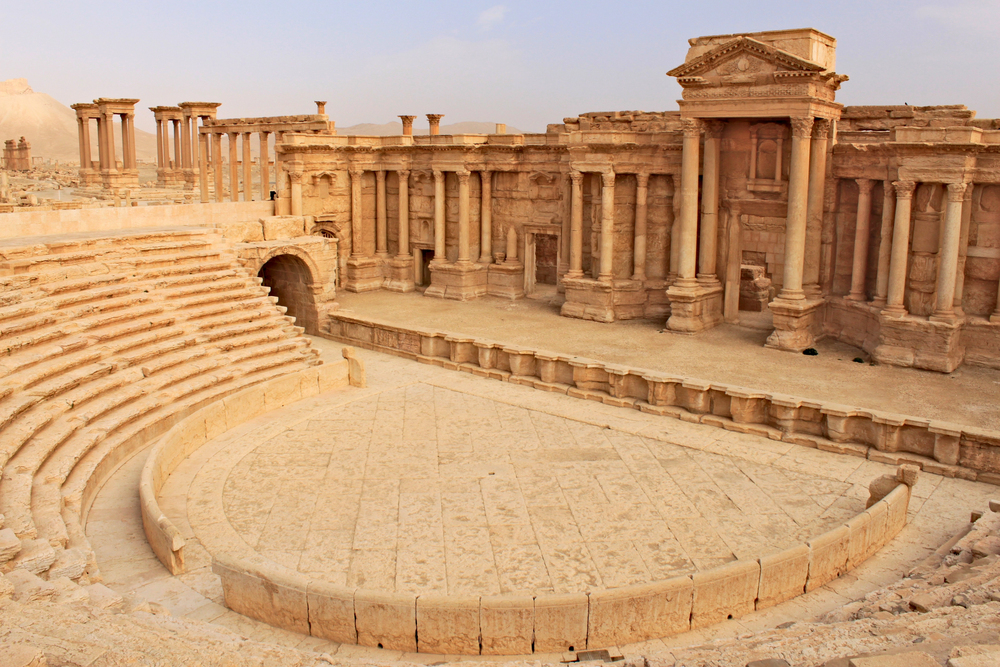
Rising from the Syrian desert, Palmyra served as a vital crossroads of trade routes connecting the Roman Empire with Persia, India, and China. This oasis city flourished between the 1st and 3rd centuries AD, developing a unique artistic style that blended Eastern and Western influences.
The great colonnade extends nearly 4,000 feet through the heart of the ancient city.
Ur, Iraq
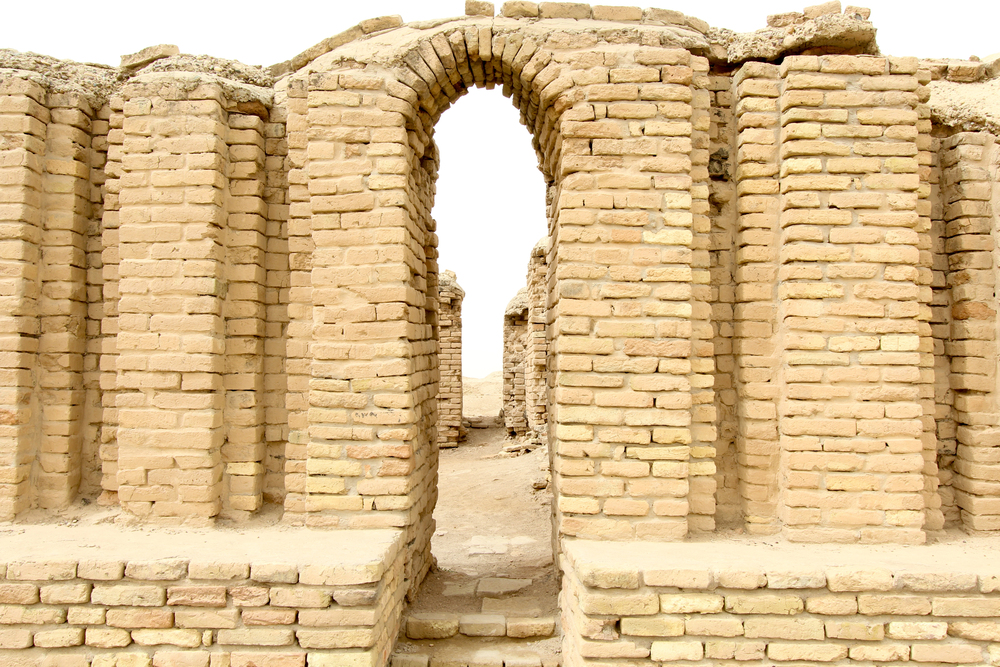
Ur, the birthplace of the biblical Abraham, flourished as one of the world’s first great urban centers. The city’s magnificent ziggurat, built around 2100 BC, still towers 70 feet above the desert plain.
This Sumerian capital was home to sophisticated mathematical systems and the world’s earliest known written laws.
Persepolis, Iran
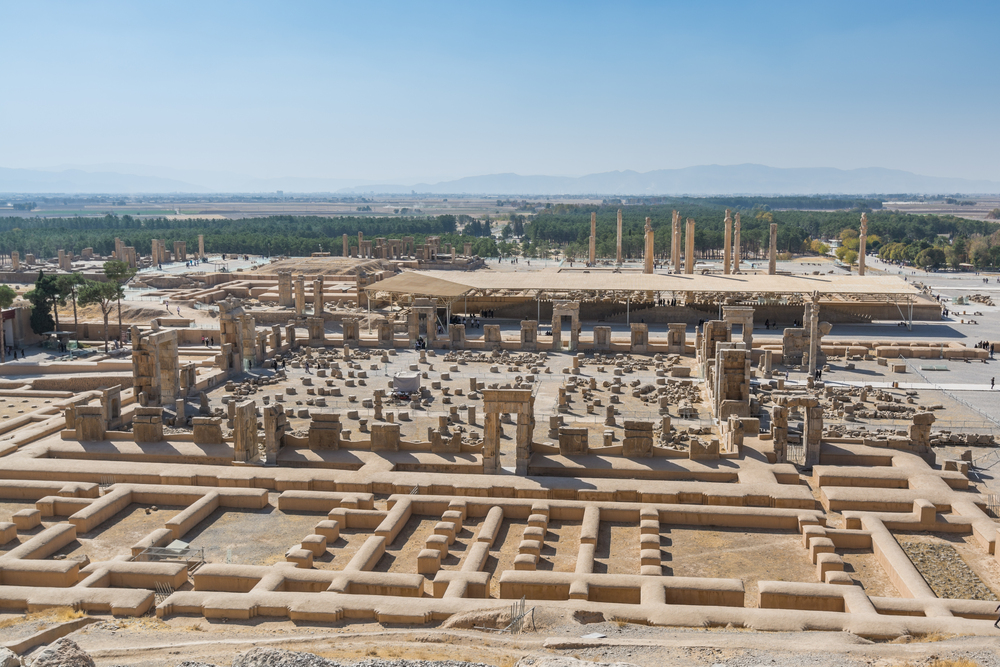
Persepolis, founded by Darius I around 518 BC, was the ceremonial capital of the Achaemenid Empire. This ancient city showcased power and wealth, with great palaces and elaborate reliefs.
Its immense terrace area, around 125,000 square feet, was designed using sophisticated techniques that still impress modern architects.
Like Travel Pug’s content? Follow us on MSN.
Hattusa, Turkey
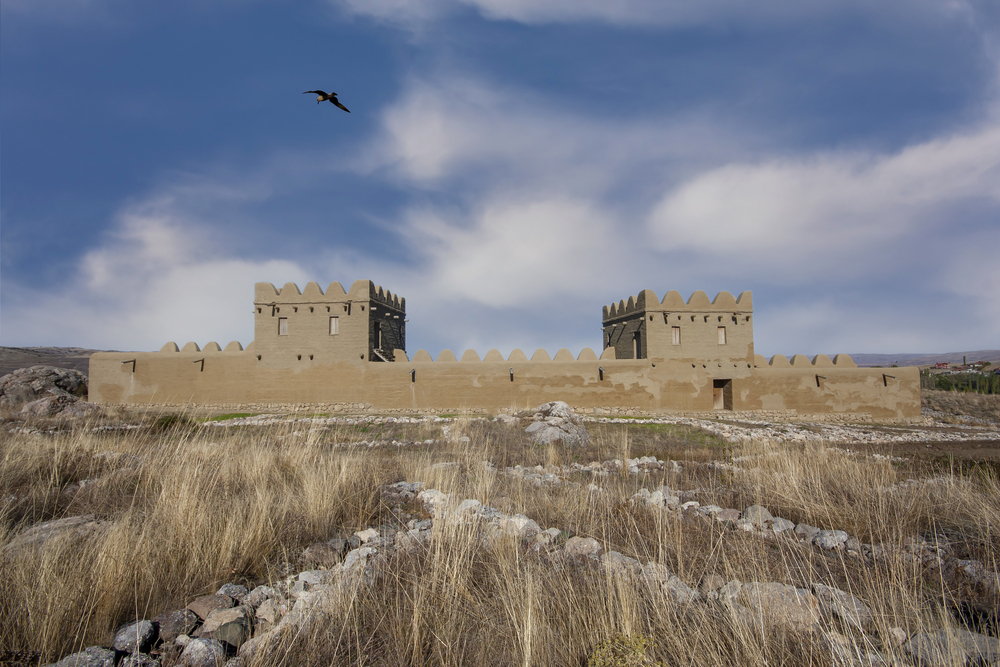
Hattusa was the capital of the powerful Hittite Empire, which dominated central Anatolia from 1600 to 1180 BC. The city’s impressive fortifications stretched nearly four miles, including unique corbelled tunnels and massive gates.
Its royal archives have yielded thousands of clay tablets that reveal the complexity of ancient Near Eastern diplomacy.
Ctesiphon, Iraq
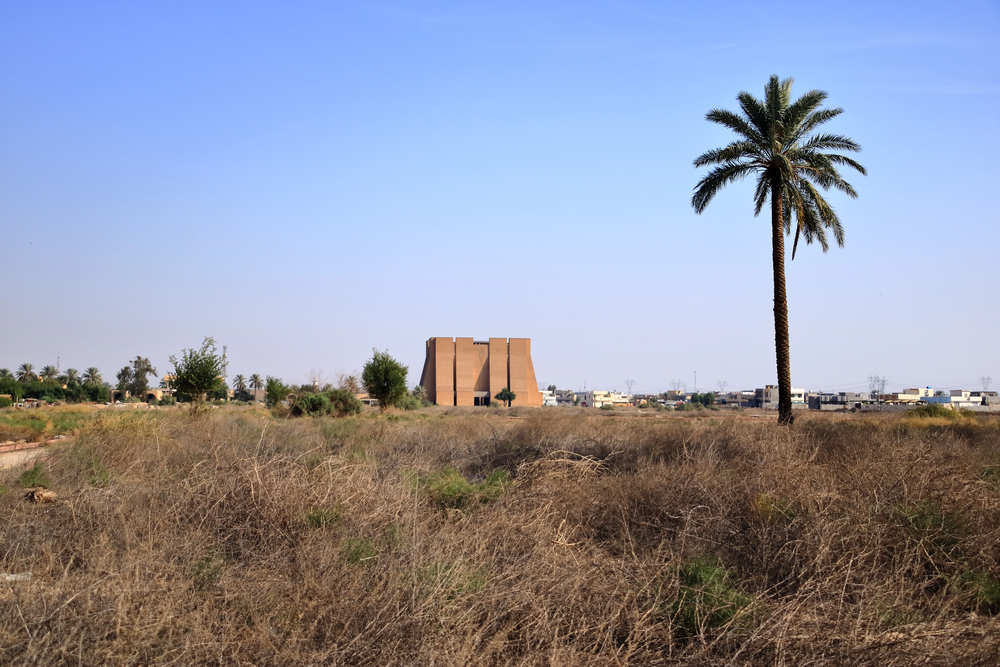
As the capital of the Parthian and Sasanian empires, Ctesiphon boasted the largest single-span arch in the premodern world. The Taq Kasra arch, which spans 85 feet and stands 118 feet high, demonstrates remarkable engineering capabilities.
This metropolis along the Tigris River was once the largest city in the world.
Mari, Syria
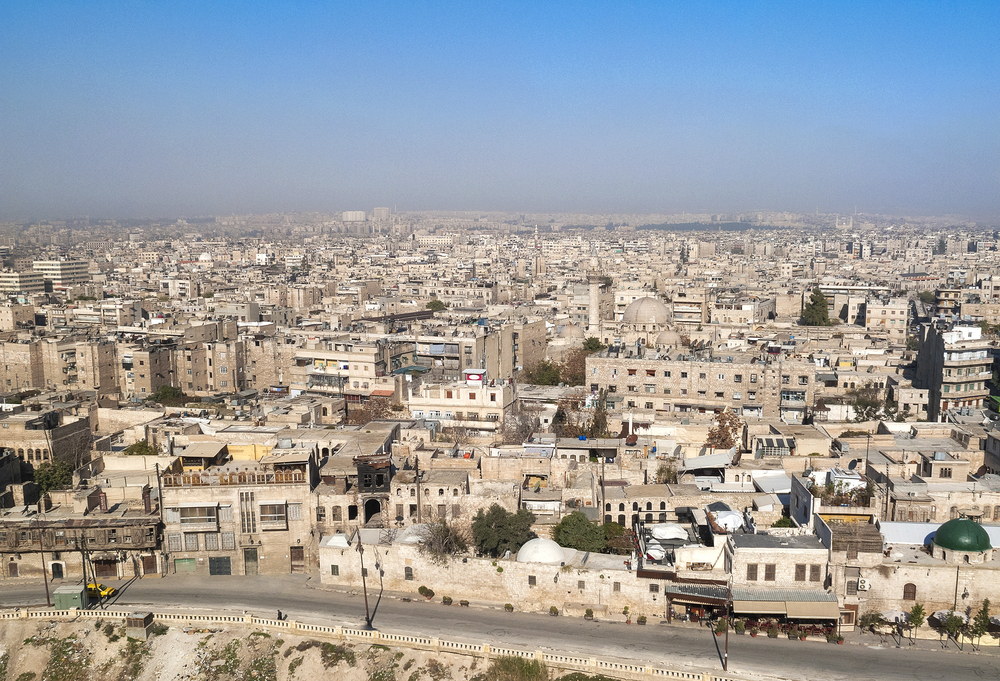
With its strategic location, Mari flourished in the third millennium BC and controlled trade along the Euphrates River. The city’s royal palace, which covered nearly six acres and contained over 300 rooms around elegant courtyards, provided invaluable insights into ancient diplomacy and commerce.
Thousands of cuneiform tablets discovered here also provide invaluable insights into ancient diplomacy and commerce.
Like Travel Pug’s content? Follow us on MSN.
Nineveh, Iraq
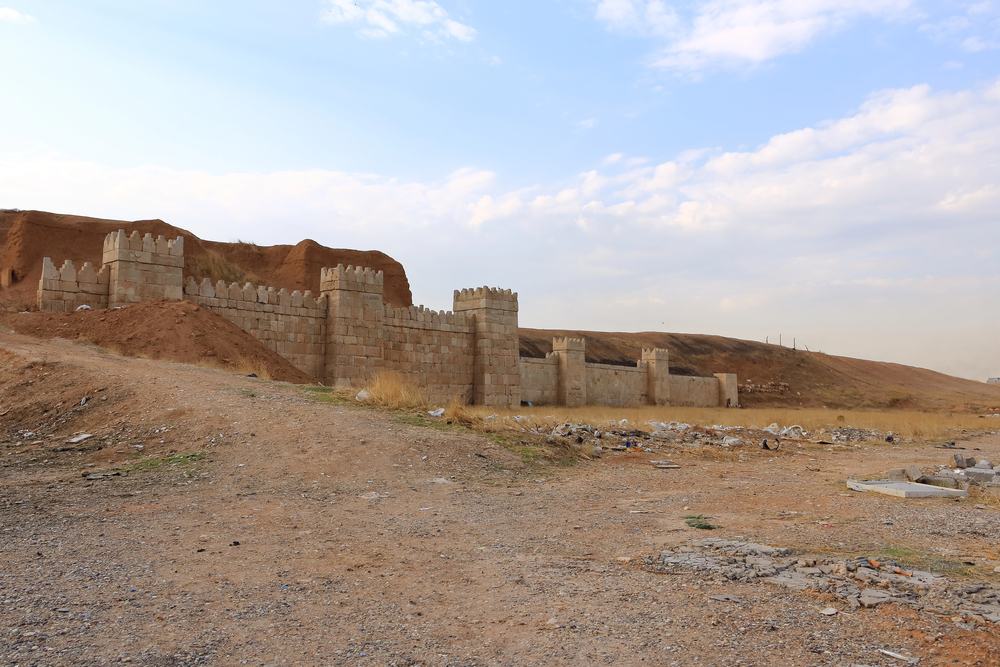
Nineveh, the capital of the Neo-Assyrian Empire, encompassed nearly 1,800 acres within its massive walls. The city housed the legendary library of Ashurbanipal, which contained over 30,000 clay tablets.
Its elaborate palace reliefs depicted royal hunts and military campaigns with unprecedented artistic detail.
Jericho, West Bank
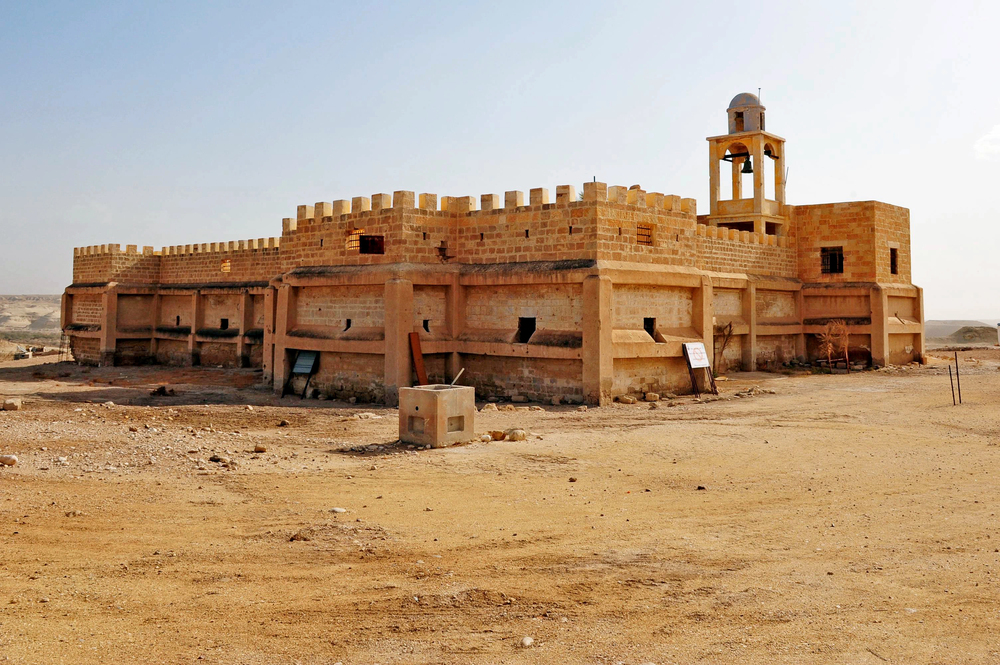
Recognized as one of the oldest continuously inhabited cities in the world, Jericho’s history spans over 11,000 years. The city’s ancient walls and tower, dating to 8000 BC, represent some of the earliest known permanent fortifications.
Its natural springs have supported human settlement in this desert oasis for millennia.
Susa, Iran
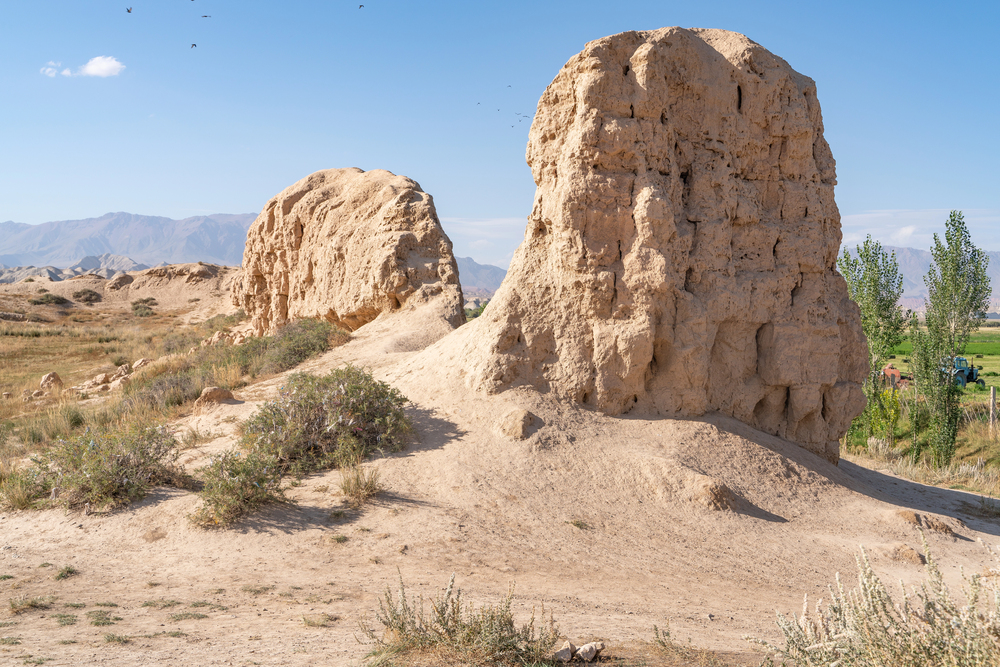
Susa thrived for over 6,000 years as the capital of the ancient Elamite civilization and later an important Persian administrative center. The city witnessed the creation of the Code of Hammurabi and served as a royal residence for Achaemenid kings.
Its extensive ruins cover nearly 250 acres of ancient urban development.
Like Travel Pug’s content? Follow us on MSN.
Assur, Iraq
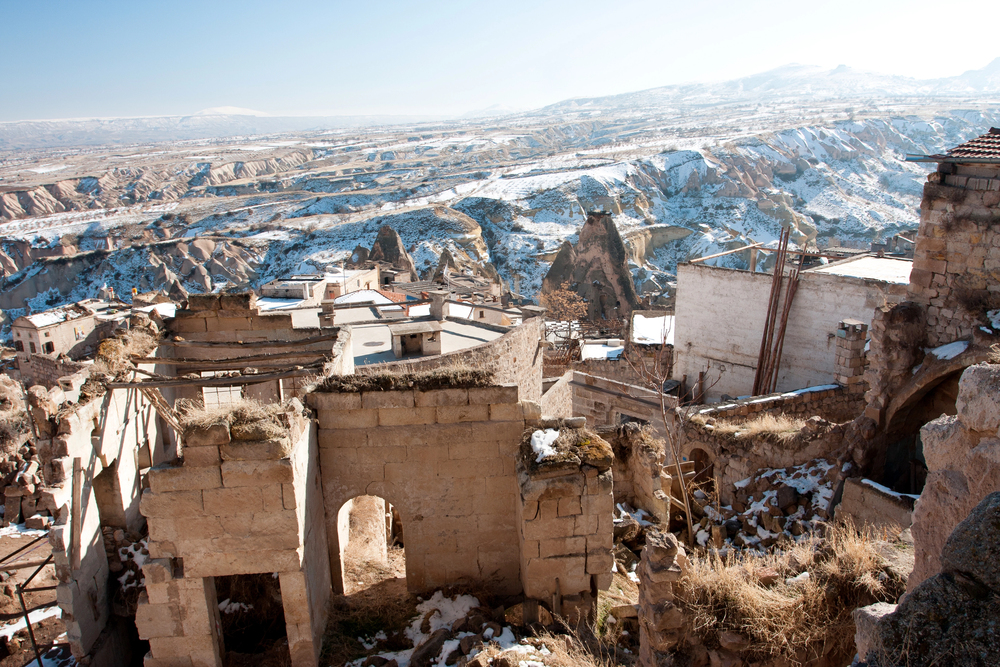
Assur was the religious center of the Assyrian Empire, perched dramatically above the Tigris River. The city’s temples and palaces showcase the evolution of Mesopotamian architecture over three millennia.
Its rock-cut royal tombs and massive defensive works demonstrate the power of this ancient capital.
Ebla, Syria
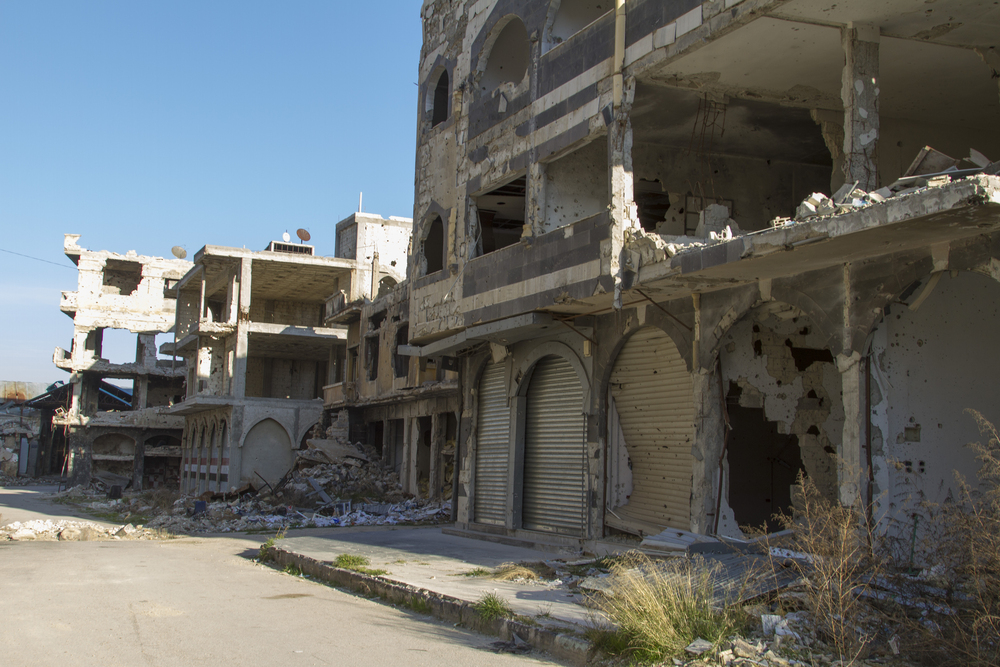
This Bronze Age metropolis controlled a vast trading network across northern Syria. The discovery of over 17,000 cuneiform tablets in Ebla’s palace archives revolutionized our understanding of third-millennium BC Syria.
The city’s detailed administrative records provide unprecedented insights into ancient urban organization.
Ugarit, Syria
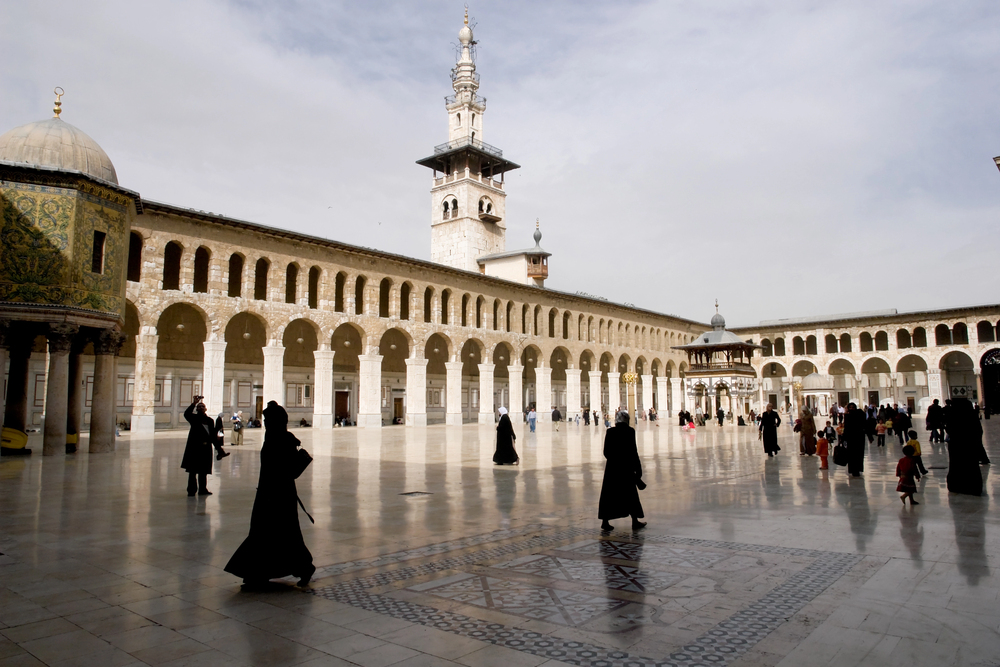
A prosperous coastal city, Ugarit developed its alphabetic writing system that influenced the evolution of modern alphabets. The city’s extensive archives document international trade and diplomacy in the late Bronze Age.
Its elegant residential quarters reveal sophisticated urban planning from 1800 BC.
Like Travel Pug’s content? Follow us on MSN.
Antioch, Turkey
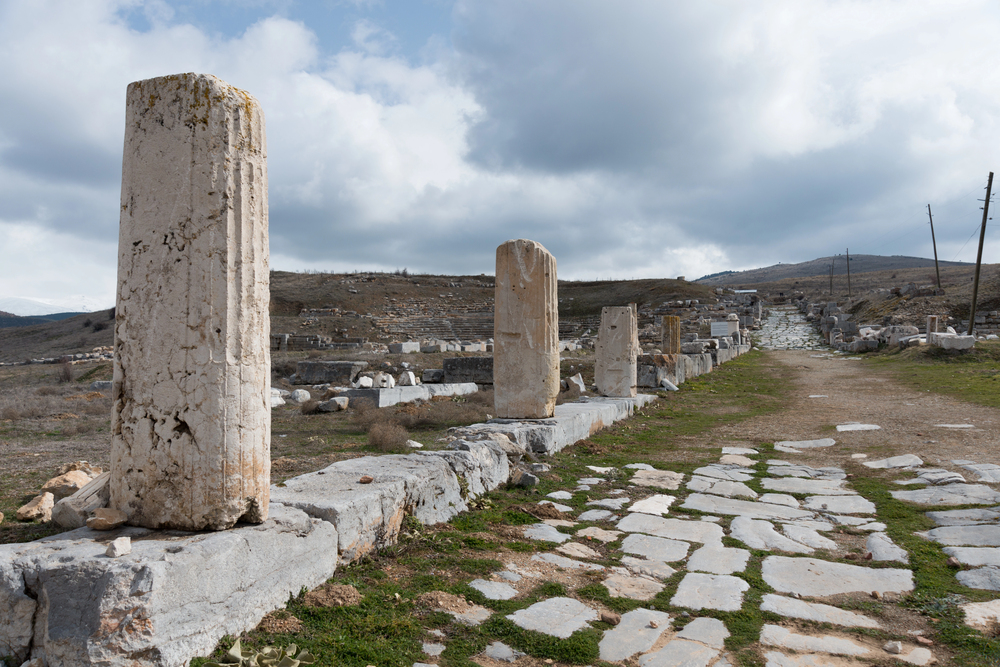
Founded in 300 BC, Antioch became one of the largest cities of the Roman Empire. The city’s elaborate mosaics and public buildings reflected its status as a major cultural center.
Its strategic location at the intersection of trade routes contributed to its remarkable wealth and influence.
Eridu, Iraq
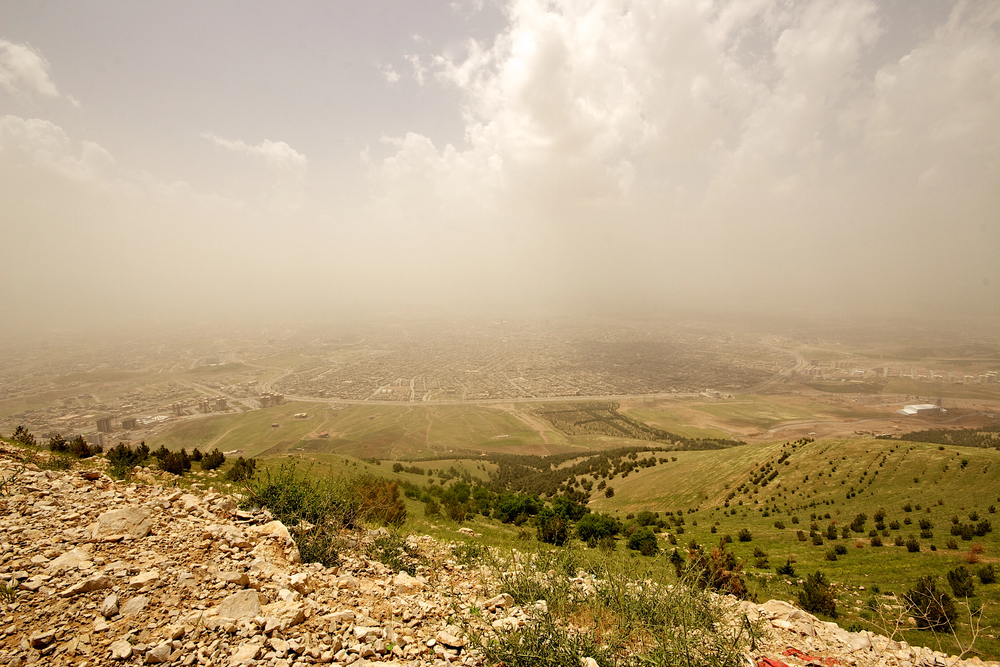
The Sumerians considered Eridu the first city created by the gods. From 5400 BC, it flourished as an important religious center. The city’s massive temple complex, dedicated to the god Enki, was rebuilt 18 times over thousands of years on the same sacred platform.
Its archaeological remains reveal the evolution of Sumerian temple architecture from simple shrines to elaborate ziggurats.
Nimrud, Iraq
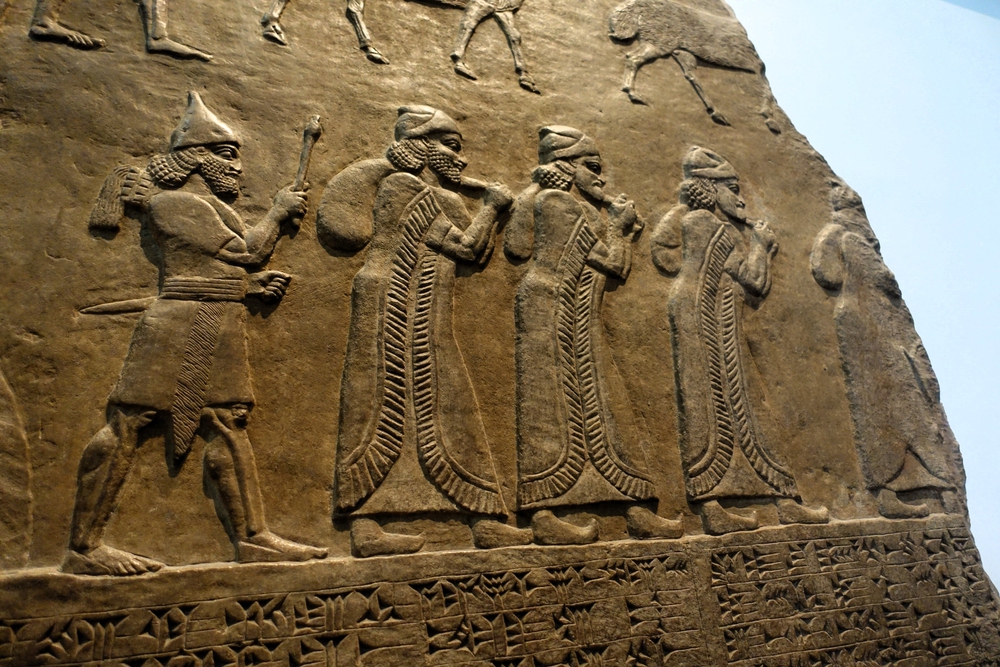
Nimrud, known for its massive palaces adorned with spectacular reliefs, was the capital of Assyria from 879 to 706 BC. The city’s walls stretched over four miles in circumference, protecting elaborate royal residences.
Its famous ivories represent the height of ancient Near Eastern artistic achievement.
Like Travel Pug’s content? Follow us on MSN.
Ecbatana, Iran
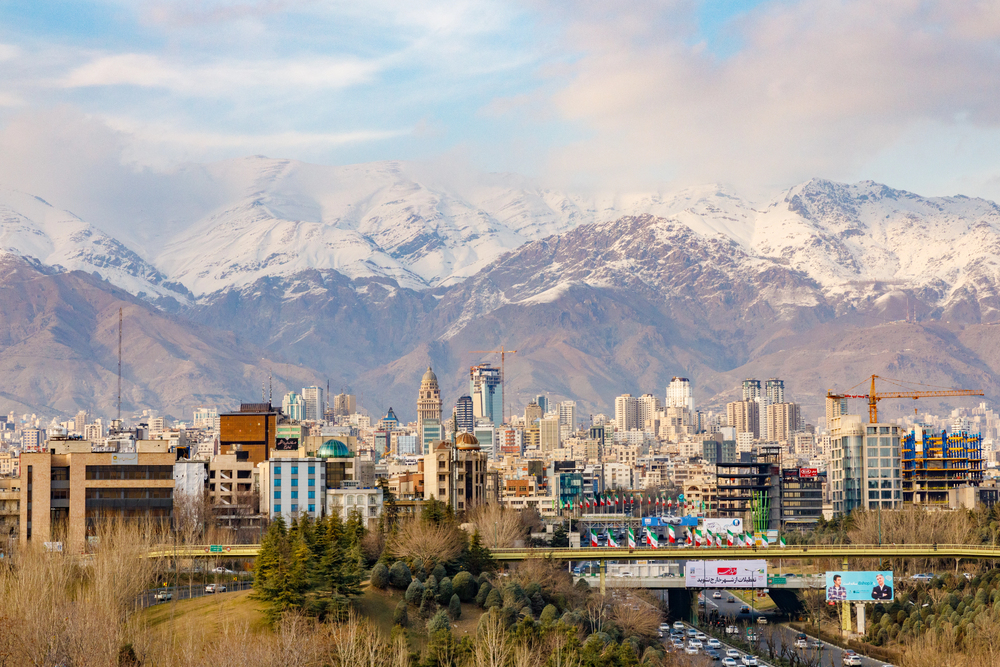
Ecbatana’s summer capital of the Persian Empire was renowned for its seven-colored walls and elaborate fortifications. Ancient Greek historians described the city’s concentric walls rising over 75 feet high. The site continues to yield important discoveries about ancient Persian urban planning.
Byblos, Lebanon
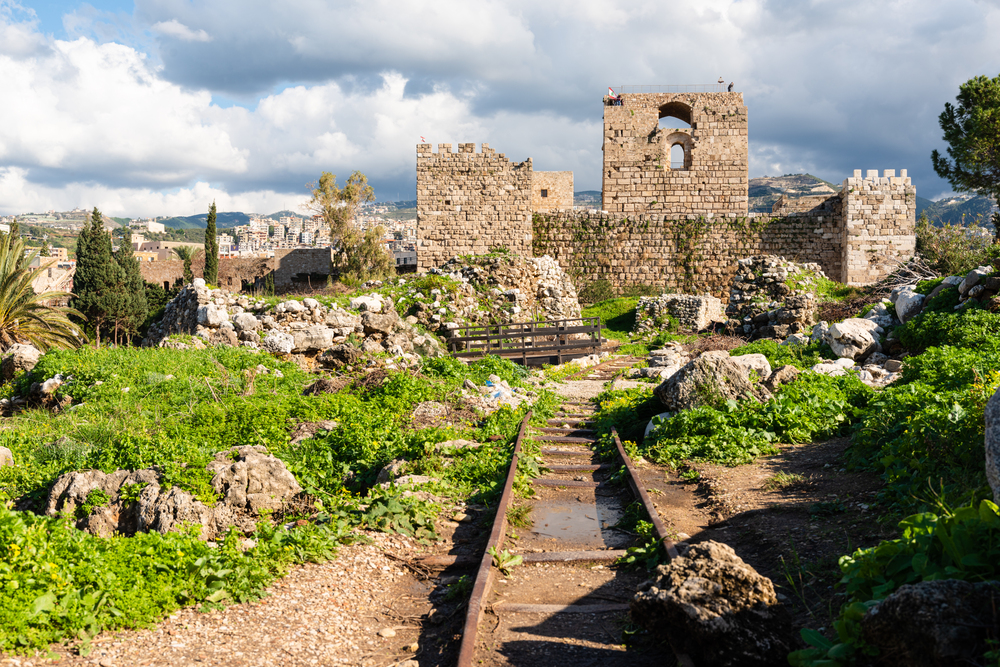
One of the oldest continuously inhabited cities in the world, Byblos has been occupied for over 7,000 years. The city’s port facilitated trade in cedar wood and the export of papyrus to Greece.
Its archaeological layers reveal the evolution of urban life from the Neolithic period through the Crusades.
Damascus, Syria
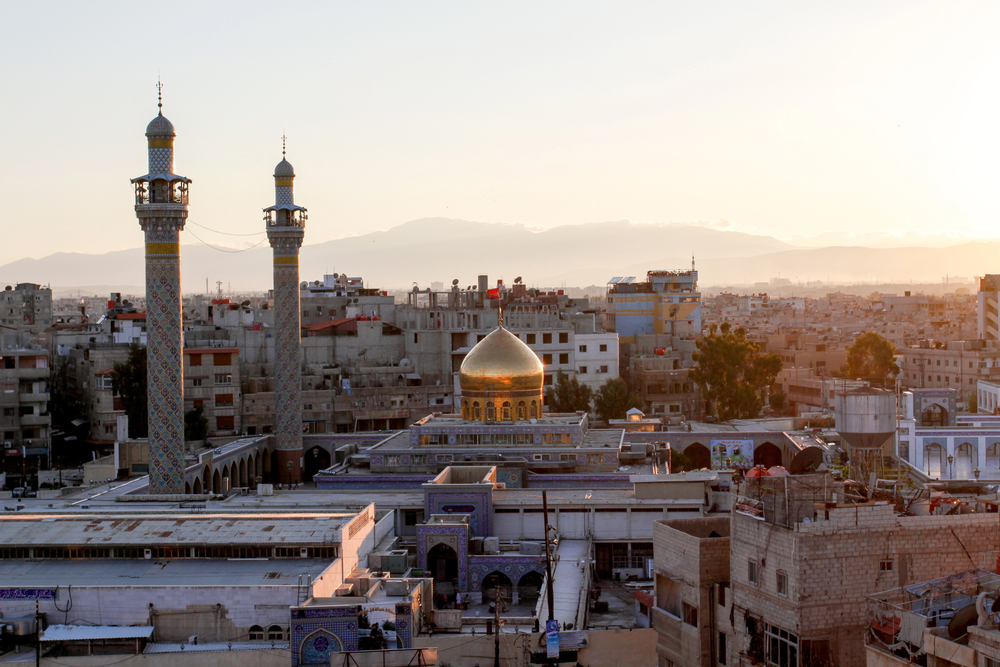
One of the oldest capital cities in continuous existence, Damascus has been inhabited since at least 11,000 BC. The city’s Great Umayyad Mosque stands as one of the largest and oldest mosques in the world, built upon the site of an ancient temple to Jupiter.
Its historic old city, surrounded by Roman walls, contains a maze of narrow streets and traditional courtyard houses that showcase over two millennia of architectural evolution.
Like Travel Pug’s content? Follow us on MSN.
Legacy of Ancient Urban Centers
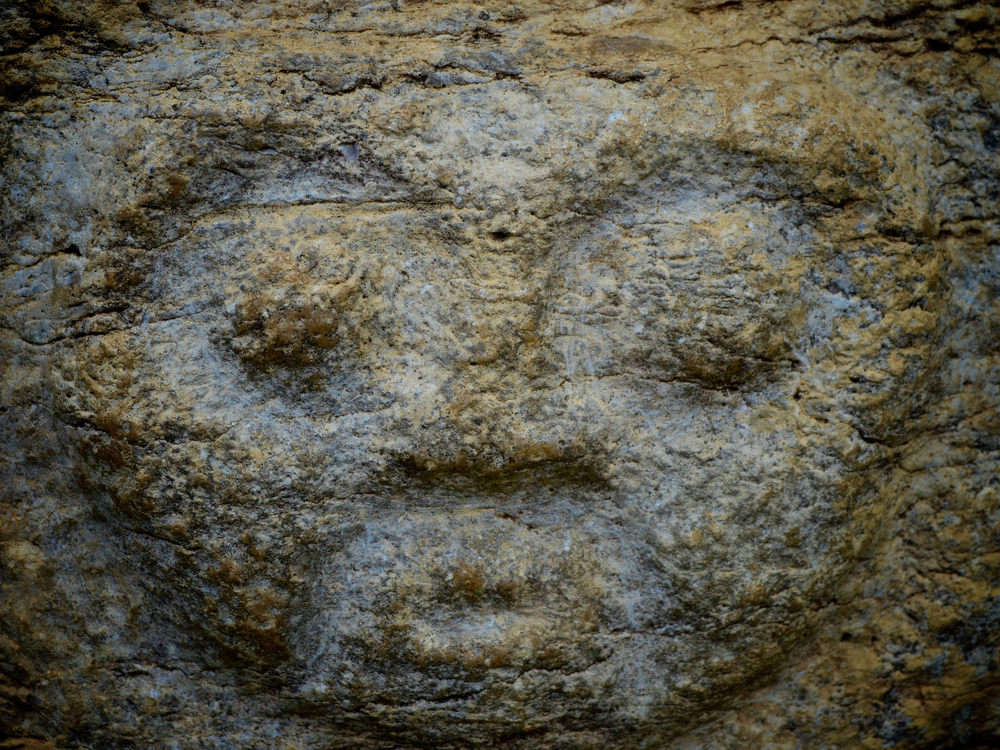
These remarkable cities represent humanity’s earliest experiments with urban living, complex social organization, and monumental architecture. Their archaeological remains continue to provide invaluable insights into the development of human civilization, while their stories inspire new generations to explore and preserve our shared cultural heritage.
As we face modern urban challenges, these ancient cities offer timeless lessons about sustainability, innovation, and the enduring power of human creativity.
More from Travel Pug

- 15 Dangerous European Cities to Avoid
- 15 Caribbean Islands Where Tourists Keep Getting Scammed
- The 20 Most Fascinating Abandoned Places: A Journey Through Time and Forgotten Spaces
- 15 Hidden Places in the Smithsonian Museums Locals Love: A Guide to Lesser-Known Treasures
- 16 Hidden Florida Beach Towns That Aren’t Overrun with Tourists
Like Travel Pug’s content? Follow us on MSN.
